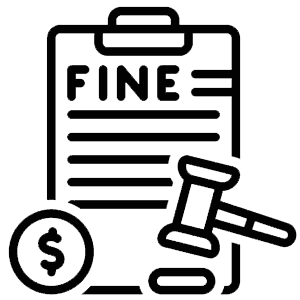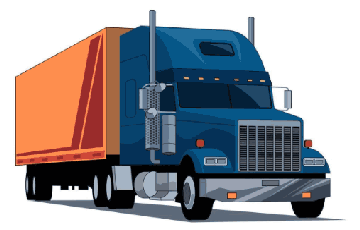What is FMCSA Clearinghouse (Drug & Alcohol) ?
The Clearinghouse, mandated by Congress and managed by the Secretary of Transportation, stands as a robust online database pivotal in ensuring the safety and integrity of commercial driving. It provides a real-time repository of drug and alcohol program violations for CDL and CLP holders, offering essential transparency to employers, FMCSA, SDLAs, and law enforcement.
It helps employers, regulators, and police keep an eye on violations in real-time. This is important because some drivers might not tell their next employer about past problems. By catching these issues early, the Clearinghouse helps make sure drivers get the help they need before they’re back on the road, making highways safer for everyone.


What are the consequences of not signing up with FMCSA Clearinghouse?
Employers who don’t comply with the latest FMCSA Clearinghouse requirements are subject to criminal penalties and/or civil fines, not to exceed $2,500 for each offense.
While drivers aren’t mandated to register, it’s necessary for them to be registered to access their file information and provide electronic consent for a full query request from current or potential employers. Encouraging your drivers to register ensures they have the necessary access and permissions for employment-related queries and to view their own data.
Does Clearinghouse Apply To Your Business?
The Clearinghouse impacts anyone holding a commercial driver’s license (CDL) and driving a commercial vehicle on public roads, as well as those who employ them. This includes:



After I sign up, what comes next? How do employers need to use the Clearinghouse?
After registering, employers are required to utilize the Clearinghouse in the following ways:
